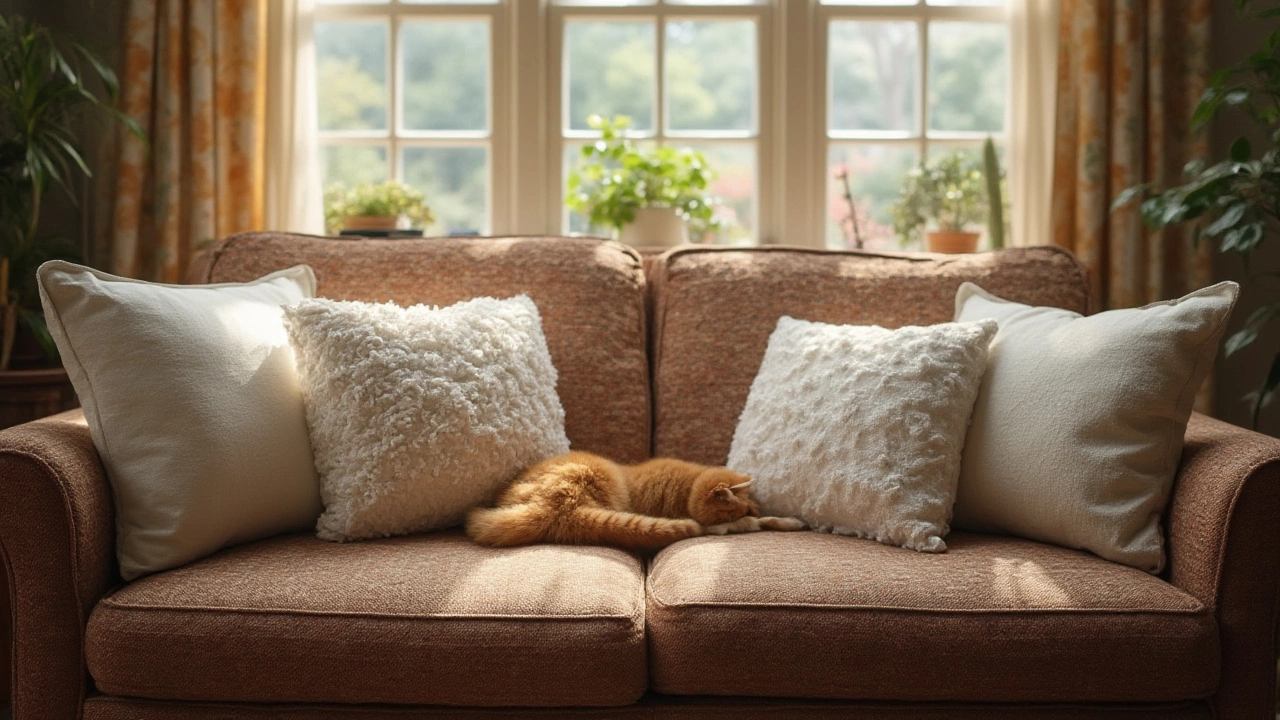Longest Lasting Couch Cushions: Choose the Right Padding
When picking couch cushions, the padded sections that make a sofa comfy. Also known as sofa cushions, they are the first thing you feel when you sit down. The foam density, measured in pounds per cubic foot, tells you how firm and long‑lasting the fill will be plays a big role in durability. Likewise, the upholstery fabric, the outer cover that protects the fill affects wear and tear. Finally, regular cushion maintenance, rotating, cleaning, and airing out the cushions extends their life. Longest lasting couch cushions combine the right foam density, resilient fabric, and a maintenance routine that keeps them fresh for years.
Couch cushions encompass foam density, a key attribute that determines both comfort and lifespan. High‑resilient (HR) foam offers a good balance of firmness and bounce, usually around 1.8‑2.0 lb/ft³. Memory foam adds contouring but can sag faster if the density is below 2.5 lb/ft³. Latex foam, though pricier, resists compression and lasts up to 15 years when the density hits 3 lb/ft³ or more. When you compare options, ask for the exact density number; a higher rating usually means the cushion will keep its shape longer, even with daily use.
The upholstery fabric you wrap around the foam is the second pillar of durability. Leather, while stylish, can crack if it isn’t conditioned, but genuine leather cushions often outlive synthetic covers. Microfiber and performance velour are engineered to resist stains and abrasion, making them ideal for families and pets. Chenille provides a plush feel but may pill over time. Look for fabrics with a tight weave and a durable thread count—over 250 threads per inch is a good benchmark. Fabrics treated with UV inhibitors also hold up better in sunny rooms.
Maintenance ties everything together. Rotating cushions every three to six months spreads wear evenly, preventing one side from flattening. Vacuuming the fabric removes dust that can degrade foam cells. Spot cleaning with a mild soap solution avoids harsh chemicals that break down fibers. In humid climates, moisture can invite mold on the foam or fabric; storing cushions in a dry, well‑ventilated space and using dehumidifiers inside the room helps. If you notice a musty smell, lift the cover and let the foam air out—quick action stops mold from taking hold, a tip echoed in our guide on preventing mold in stored sofas.
When you shop, treat the cushion like a small investment. Check the product label for foam density, fabric composition, and any warranty that covers sagging or fabric wear. A higher upfront cost for dense latex foam or premium leather usually pays off after several years of no‑replace. Keep the receipt and note the warranty period; many manufacturers replace cushions that lose more than 20 % of their original height within the warranty window. Pairing a solid density rating with a robust fabric and a simple maintenance plan gives you the longest‑lasting cushions without breaking the bank.
Below you’ll find a curated set of articles that dig deeper into each of these topics—material choices, cleaning tricks, buying guides, and real‑world case studies. Browse the list to arm yourself with the details you need to pick cushions that stay comfortable and fresh for years to come.
The Best Couch Cushion Types for Years of Comfort and Durability
Discover which couch cushion types truly last the longest, how materials influence lifespan, and which fills and covers are worth your money for comfort and durability.
full article




